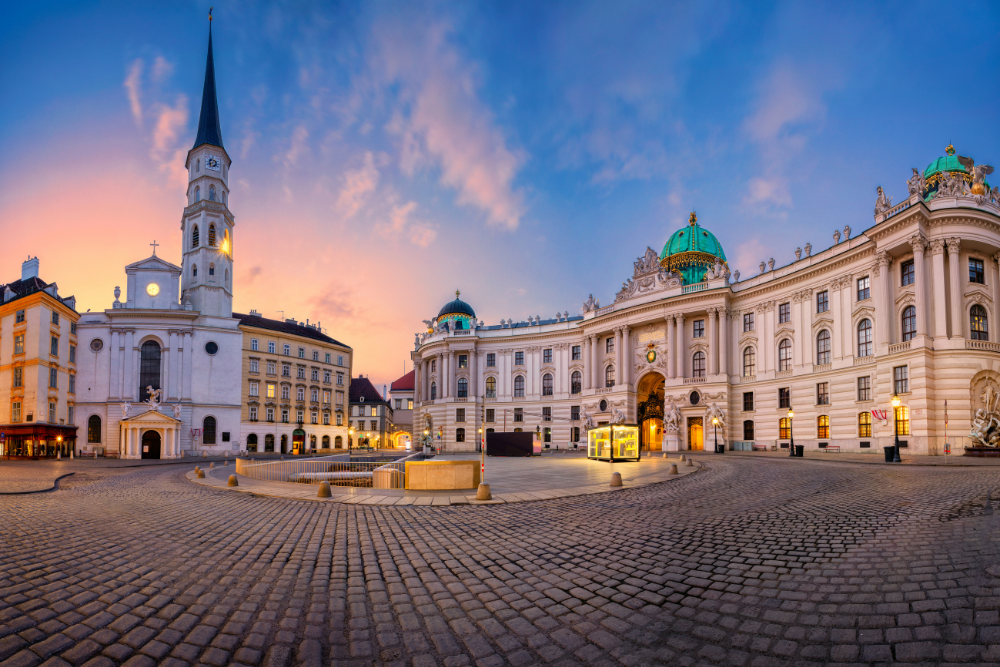Austria is a country steeped in imperial history, with a rich legacy shaped by the Habsburg dynasty, one of the most influential royal families in Europe. The remnants of their grandeur can still be felt across the country, from opulent palaces to historic museums that showcase centuries of art, culture, and power. Whether you’re a history enthusiast or simply want to explore Austria’s majestic past, there are numerous places to discover. Here’s how you can experience Austria’s imperial history through its palaces, museums, and other historical landmarks.
1. The Hofburg Palace: The Heart of Imperial Power
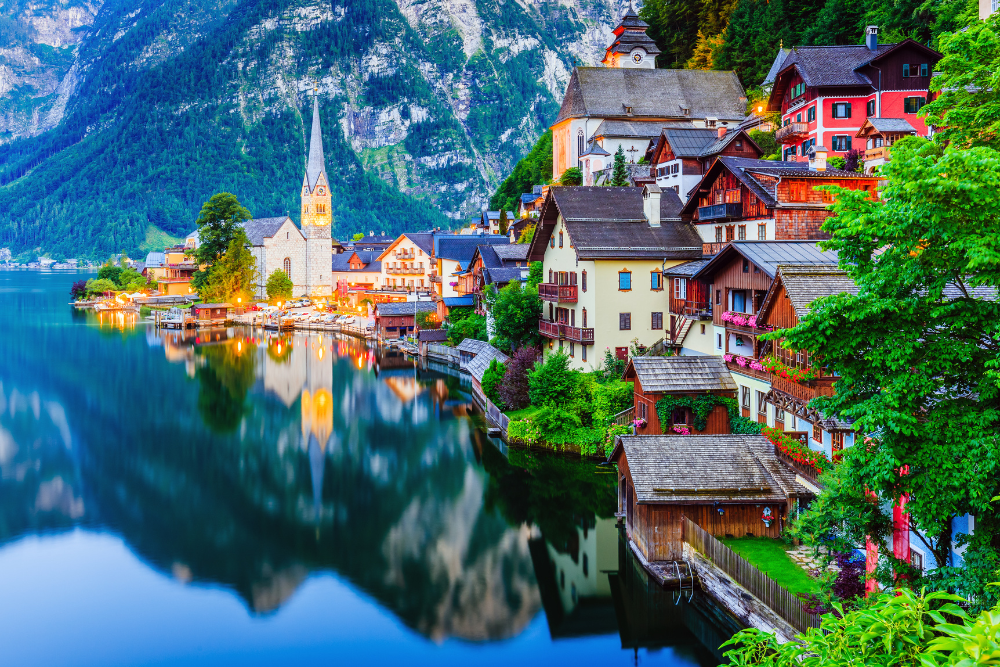
Best For: History lovers, architecture enthusiasts, and those interested in Habsburg rule.
Located in the heart of Vienna, the Hofburg Palace was the winter residence of the Habsburg emperors and serves as a symbol of their long reign over Austria. The palace complex is enormous, with several museums, wings, and rooms that offer a fascinating glimpse into the lives of Austria’s imperial family.
- What to Expect: The Hofburg Palace is home to multiple attractions, including the Imperial Apartments, the Sisi Museum, and the Silver Collection, which houses the royal family’s personal items and treasures. The Sisi Museum is dedicated to Empress Elisabeth of Austria, one of the most famous figures of the Habsburg family, known for her beauty, tragic life, and eccentricity.
- Highlights: Don’t miss the Austrian National Library, one of the most impressive Baroque libraries in the world, and the Albertina Museum, which boasts an extensive collection of artwork. You can also visit the Hofburg Treasury, which holds the imperial crown jewels and other royal regalia.
- Location: Hofburg Palace, Vienna.
2. Schönbrunn Palace: The Imperial Summer Retreat
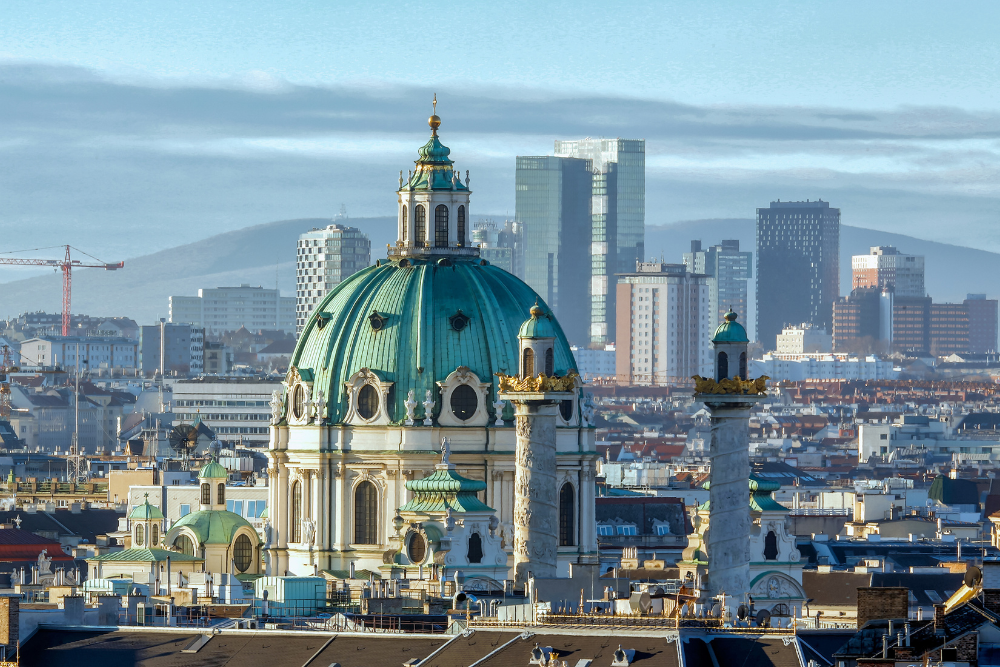
Best For: Architecture admirers, families, and culture seekers.
Another monumental legacy of the Habsburg dynasty is Schönbrunn Palace, the stunning summer residence of the imperial family. This UNESCO World Heritage site is a must-visit for anyone interested in Austria’s royal past, offering a glimpse into the luxurious lifestyle of the Habsburgs.
- What to Expect: With its 1,441 rooms and sprawling gardens, Schönbrunn Palace is one of the most important cultural monuments in Austria. Visitors can tour the imperial apartments and learn about the daily lives of the Habsburgs, particularly Emperor Franz Joseph and Empress Elisabeth, who spent a great deal of time here. The Palace Gardens are also an important attraction, with meticulously designed Baroque landscaping, fountains, and the Gloriette, which offers panoramic views of Vienna.
- Highlights: The Children’s Museum at Schönbrunn is a fun and educational way for families to explore the palace’s history. You can also visit the Schönbrunn Zoo, one of the oldest zoos in the world, located on the palace grounds.
- Location: Schönbrunn Palace, Vienna.
3. The Belvedere Palace: Art and Architecture in Harmony
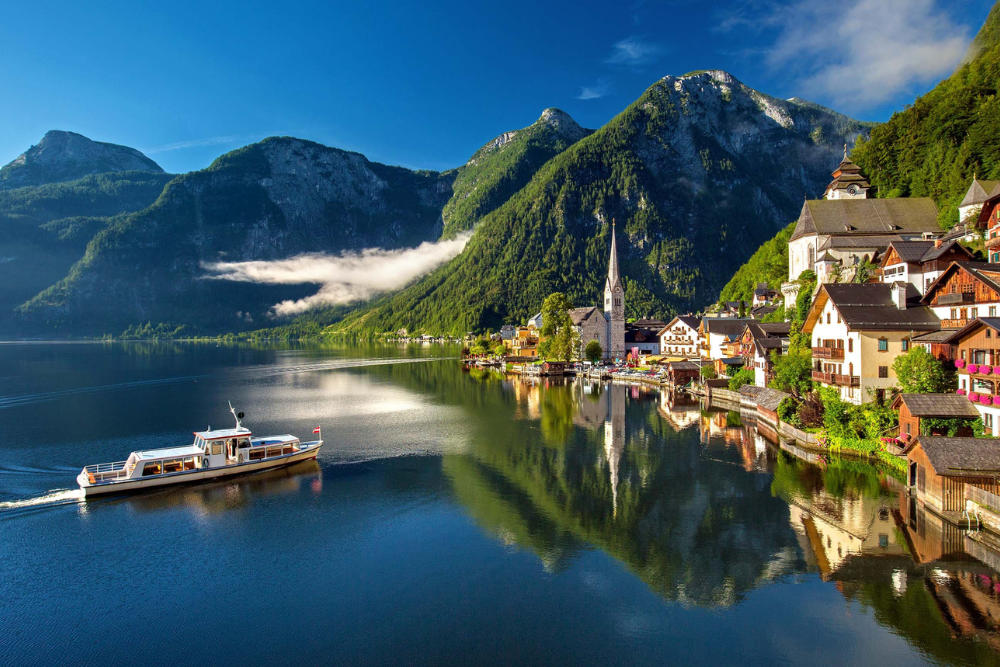
Best For: Art lovers, history buffs, and architecture aficionados.
The Belvedere Palace is not just a stunning Baroque structure, but also home to an impressive collection of Austrian art. This historical site, built as a summer residence for Prince Eugene of Savoy, offers insight into the wealth and taste of the Habsburg nobility while showcasing some of the best Austrian art.
- What to Expect: The palace is divided into two main sections, the Upper Belvedere and the Lower Belvedere, and houses artworks from the Middle Ages to the contemporary period. The Upper Belvedere is particularly famous for its collection of Austrian Baroque art and is home to works by Gustav Klimt, including his iconic piece The Kiss.
- Highlights: The palace’s stunning gardens are also a major attraction, with fountains, sculptures, and beautiful pathways that showcase the imperial grandeur of the site.
- Location: Belvedere Palace, Vienna.
4. The Kunsthistorisches Museum: A Treasure Trove of Art and History
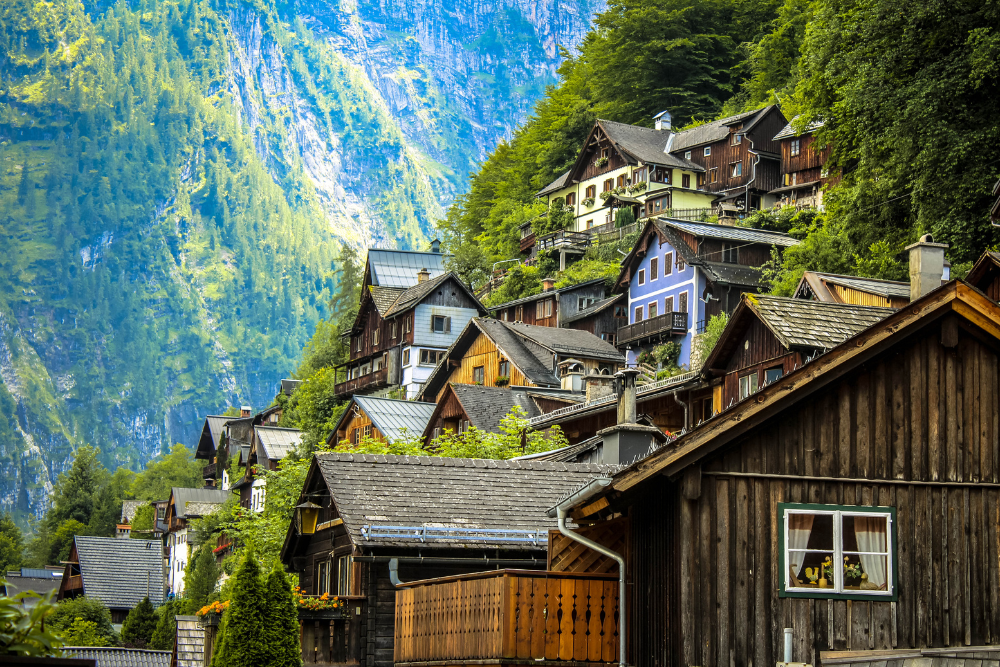
Best For: Art historians, museum lovers, and culture seekers.
The Kunsthistorisches Museum (Museum of Art History) in Vienna is a must-see for those wanting to experience Austria’s imperial history through its extensive art collection. It is one of the most important museums in the world, with a treasure trove of works from the Habsburg family’s private collections.
- What to Expect: The museum houses an incredible collection of art, including pieces by Old Masters like Rembrandt, Vermeer, and Raphael, as well as Egyptian artifacts, classical sculptures, and an impressive coin collection. Many of the artworks were collected by the Habsburgs during their reign and reflect the family’s vast wealth and patronage of the arts.
- Highlights: The museum’s Egyptian and Near Eastern Collection is one of the most important in the world, and the Greek and Roman Sculpture Collection is equally impressive. The museum’s Kunstkammer (Art Chamber) is filled with remarkable treasures, including globes, clocks, and rare objects collected by the imperial family.
- Location: Kunsthistorisches Museum, Vienna.
5. The Hofmobiliendepot (Imperial Furniture Collection)
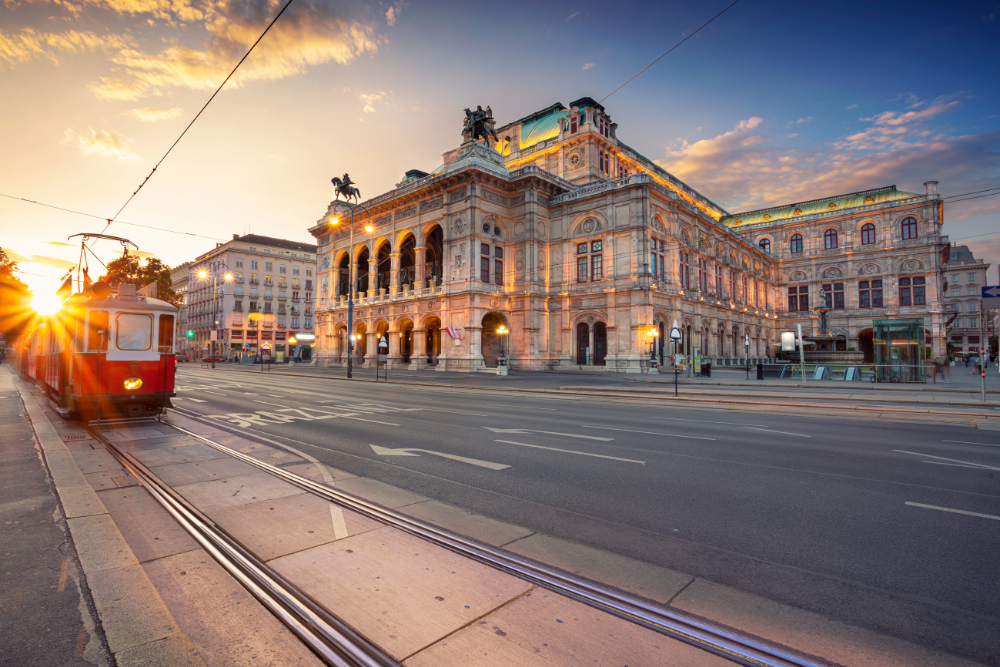
Best For: Those interested in royal lifestyle and design.
For a more personal look into the imperial lifestyle, the Hofmobiliendepot is an excellent museum dedicated to the furniture and decorative arts used by the Habsburg family. The museum provides an intimate view of how the royal family lived, through their elaborate furniture and design choices.
- What to Expect: The collection features over 150 pieces of furniture, porcelain, and tapestries that were once part of the Habsburg residences, particularly the Hofburg Palace. You’ll see beautiful Baroque, Rococo, and Empire-style furnishings, all made by the most renowned craftsmen of the time.
- Highlights: The museum’s historical interiors and exhibits offer a fascinating look at the changing tastes and styles of the Habsburgs over centuries, providing insight into the imperial family’s living conditions and aesthetic preferences.
- Location: Hofmobiliendepot, Vienna.
Conclusion
Austria’s imperial history is alive and well throughout the country, with numerous palaces, museums, and landmarks that tell the story of the Habsburg dynasty and its influence on European culture and politics. From the majestic palaces of Vienna to the art treasures of the Kunsthistorisches Museum, Austria offers an abundance of opportunities to immerse yourself in its royal past. Whether you’re wandering through grand rooms in Schönbrunn Palace or exploring the collections in the Austrian National Library, Austria’s imperial legacy is waiting to be discovered.



